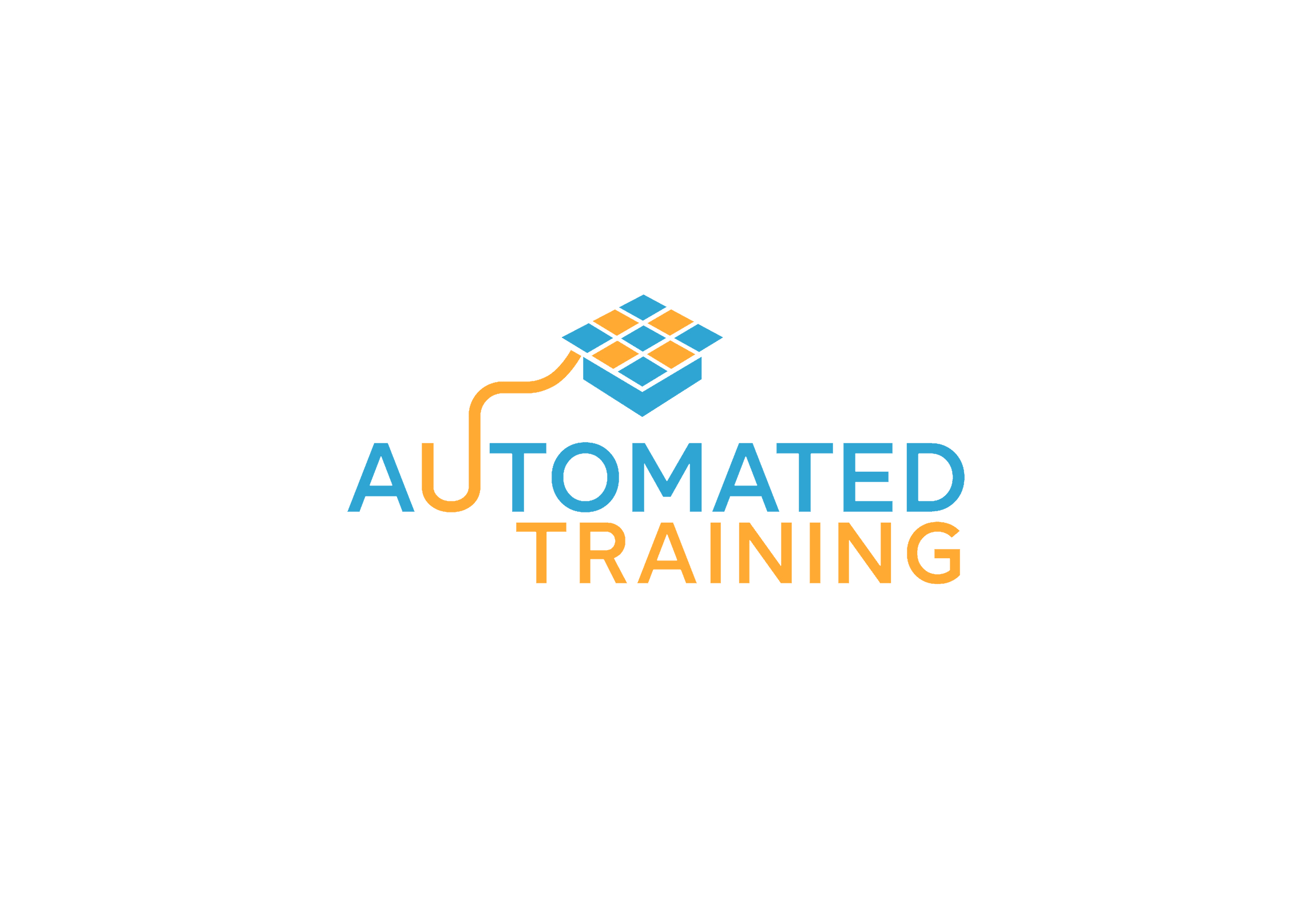
AUTOMATED TRAINING
Category Effective Training
Effective trainings must have:
1. A cognitive goal set before formulating the content
-this cognitive goal is considered in how the content is formulated
-this cognitive goal is considered in tests and quizzes
-this cognitive goal is considered in what is shown during the training
2. Appropriated content
-the content has a flow that supports understanding
-the content uses input patterns to make it easy to follow
3. Appropriated visual representation
-the visual part of the training comes to support what is presented
-the visual presentation contains cues for recalls (memory triggers)
-have a duration that is not higher than the trainees’ attention span
4. Support the attention
-it stimulates the subsystems of attention: alerting and orienting system
-it activates the filters of attention
It is worth investing time in developing effective trainings, because those ensure:
1.a higher retention rate
2.learning with understanding (like experts)
3.better consolidation of the information
4.engages trainees
The articles belonging to this category will talk in detail about cognitive factors that influence training and learning and how to use them in trainings.


Automated Trainings and the Learning Management Systems

When Is the Trainer Most Needed?

Use Memory Triggers for Effective Trainings

How to Set Goals for Effective Trainings

A Presentation Is Not a Training

How Long Should Be a Training Session?
How long should be a training session? Is there an optimal learning time? If you would have to imagine the perfect learning session, how long would that be? Write down your opinion and then come back to hear mine. Content…

